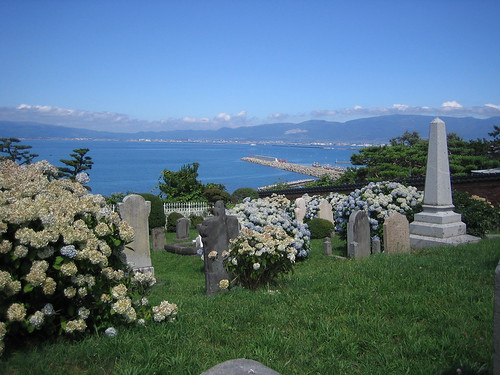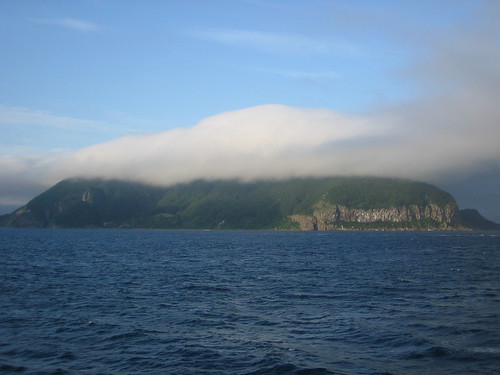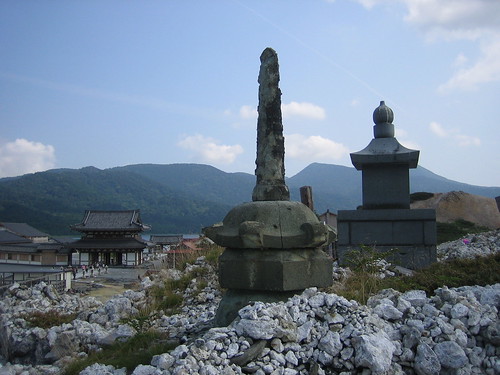For some reason I didn’t bring the USB link to my camera, so you’ll have to wait until Friday or so before I can show you this place. From what I’ve seen, Penang is much more laid back than, say, the tourist destinations in Thailand. The island is somewhat big and tourism is not the only industry. I’m staying in the Chinatown neighborhood of George Town, the largest city. Being the diverse mix of ethnic Malays, Chinese, and ethnic Indians, that Malaysia is, the streets are a mix of Chinese street signs, Indian curry shops, colonial buildings (the settlement was started on this previously uninhabited island by the British East India Company in the 18th century), and various religious buildings of various faiths.
Today is a national holiday marking the end of Ramadan. I woke up to the sound of the Muslim call to prayer and went to eat breakfast at the Blue Diamond, a hotel for Western tourists that features Mexican food, Metallica on the stereo (the new shitty Metallica), and some old dude banging on the drums randomly. While the tacos I had last night were kind of crappy (poor quality beef, not enough cheese, needless over-spicing), the breakfast service was pretty good. Fresh orange juice, eggs, sausage, beans, toast, and what was probably the best cereal I’ve ever had – oats and nuts topped with mixed fruits and unsweetened yogurt, kind of a tropical proto-cereal – yum!
Unlike Thailand, almost every one of the locals seems to speak passable English, though their manners could use some work. People barely look at you when serving, except for some of the Indians. To my surprise the most prominently-sold newspaper was the English-language, tabloid format Straits Times, but it wasn’t all that useful to me as it focuses almost exclusively on domestic affairs – the international section consisted of two articles from the New York Times and 3 pages of AP clippings.
I’m here to renew a tourist visa as I continue my job hunt – what should have been a one or two night trip turned into a 4 night excursion since I made the blunder of booking a flight on a major holiday when the consular offices are closed. Before coming I was worried about the validity of my passport since the week before I accidentally put it through the laundry. But those fears seem to have been unfounded since, well, here I am.
That passport is now in the hands of a man named Mohammed at NJ Book Centre, leaving me in a state of limbo until I get my renewed visa and can head home on Friday. Until then, I plan to read Bob Woodward’s State of Denial, visit some of the historical sites, and take a lot of pictures. Stay tuned!







